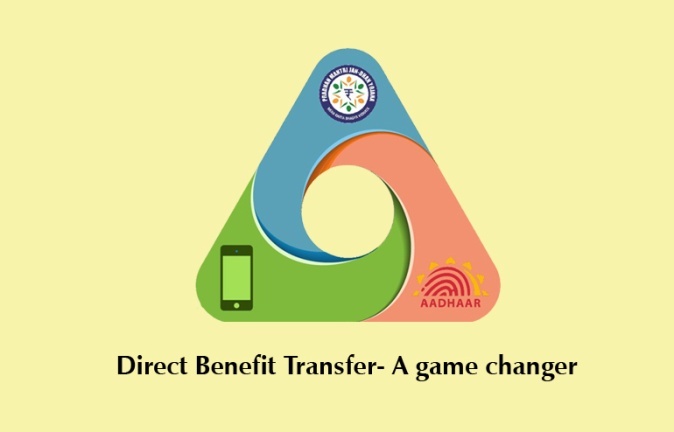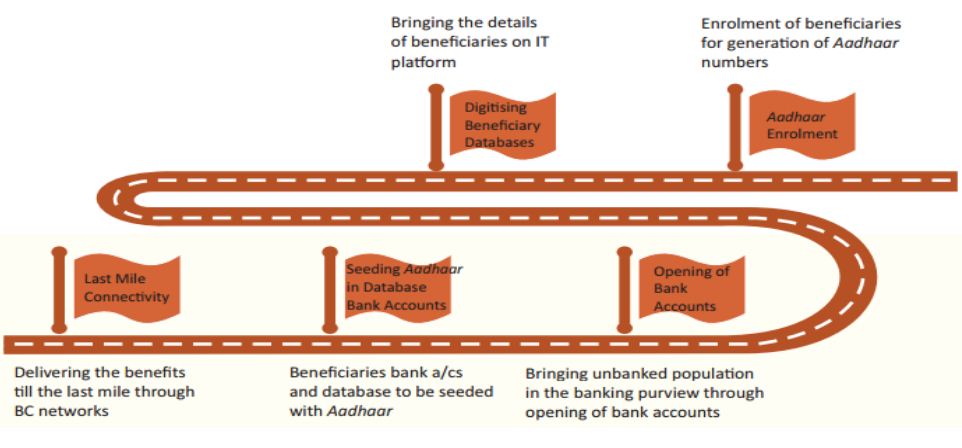Free Courses Sale ends Soon, Get It Now


Free Courses Sale ends Soon, Get It Now



Disclaimer: Copyright infringement not intended.
Context
Success in stats
Direct Benefit Transfer
Definition
Scheme
Pre-Requisites for DBT

Benefits of the DBT scheme
What is the current level of Central Government subsidy and to what extent is it under DBT?
In the 2014-15 edition of the Economic Survey, the chapter titled, ‘Wiping every tear from every eye: The JAM Number Trinity Solution’, used the term leakage to describe subsidised goods that do not reach households. Leakages, it said, not only have the direct costs of wastage, but also the opportunity cost of how the government could otherwise have deployed those fiscal resources. Converting all subsidies into direct benefit transfers is therefore a laudable goal of government policy.
https://www.pib.gov.in/PressReleasePage.aspx?PRID=1856116
© 2024 iasgyan. All right reserved